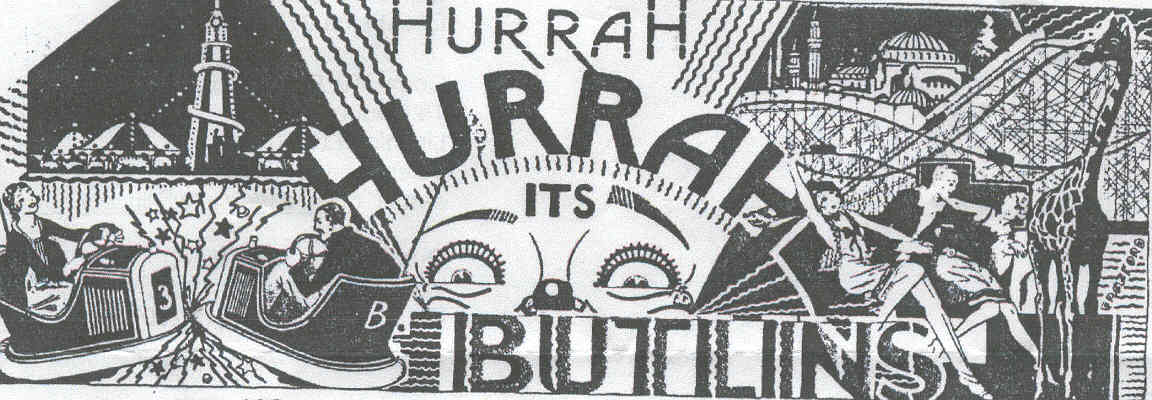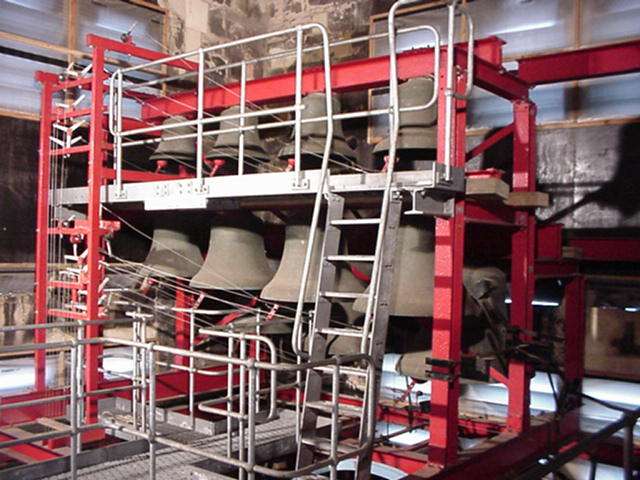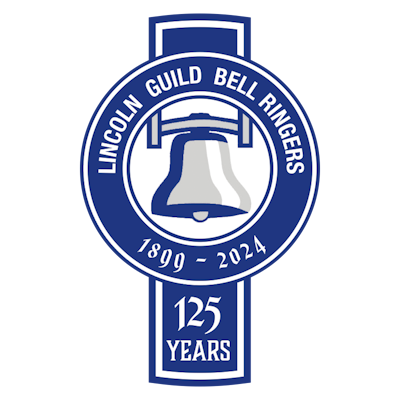Billy Butlin’s Bells

By Dr John R Ketteringham, MBE
Early in 2006 I was asked by David Potter if I knew anything about a ring of bells at Skegness. I undertook to do some research and eventually discovered that the Lincolnshire Film Archive had a short black and white silent film of Harry Withers playing a carillon during the Skegness Carnival in 1933.
Very kindly the Archivist sent me copies of correspondence in their possession from which it became apparent that it all started with a letter dated 22 July 1933. This makes it clear that an invitation had been sent to John Taylor, Bellfounder, of Loughborough to enter the Tableaux in the Carnival Procession but this had been turned down. The writer of the letter, George Burrows, who is described as Organiser and Publicity Manager, writes ‘It has been suggested to me by a very eminent man in your district that it would be a very splendid thing that if you so happened to be completing a peal of bells or carillon about that period, if we could arrange to have the same erected at our Pageant and Carnival for that week as a form of publicity for yourselves and to our great advantage’.
The promoter of the Carnival was one W. E. Butlin Esq. Billy Butlin had established the first of his amusement parks in Skegness in 1927 and this was the forerunner of the famous holiday camps, the first of which was established at Ingoldmells just outside Skegness in 1936.
Burrows continues : ‘We are expecting from upwards of a hundred thousand people per day...if that caught Mr Butlin’s imagination ... he might never want [the bells] to leave the town again, although you must not tell him I said this’.
On 24 July Taylors write ‘By a coincidence we shall have a fine set of eleven bells ready for installation in a church in Lancashire just about that time and we suppose we could get the Vicar’s permission to send these bells to Skegness and have them erected temporarily in that way. It would indeed form a tremendous attraction but there is the question of expense to be considered – we should say it would cost us about £100 in round figures to take these bells to Skegness, erect them ready for playing from the keyboard, take these down and bring them back to Loughborough.’ Taylor’s undertook to provide a carilloneur to give recitals during the Carnival.
There is a pencil note on this letter to the effect that Billy Butlin would only contribute £50 but Mr Burrows could transfer another £25 from publicity expenses making a total of £75. Presumably this was agreed by Taylor’s as the cost of erecting the bells etc is not mentioned in subsequent correspondence.
There are further exchanges of correspondence and on 12 August George Burrows writes ‘We have decided to put the Bells in the Bathing Pool where we are holding the Water Circus in a very Delightful and Excellent Position, so they will be seen and heard to the best possible advantage’.
Included in the correspondence file is the following extract from a letter to R. H. Dove dated 31 August 1933 : ‘Did you know we were sending a chime of 11 bells to Skegness Carnival – 8th to 13th September? It is the Nelson chime, tenor 25 cwts. And Harry Withers has been engaged to perform on them. The bells are placed near the bathing pool’. Ron Dove was, of course, the author of Doves Guide and this extract is the first mention of the well-respected Harry Withers as the carilloneur.
There is no more correspondence concerning the erection etc of the bells and I made a very extensive search of the local Newspapers for a report of the Carnival. I eventually found, in the Lincolnshire Chronicle, a full column but it only states that a carillon of bells took part! No photograph or any other information. I understand that there is a short clip of Harry Withers at the keyboard on the video Skegness Then and Now made by the Lincolnshire Films Archives.
Harry Withers was paid £5 (very approximately £200 at today’s prices) i.e. £3 plus £2 expenses. He thought that he would be receiving this fee for playing at Skegness and again for playing at the opening of the bells after their installation at Nelson but Taylor’s pleaded hard times and poverty and he only received the one fee! On 8th November 1933 Taylor’s had to write to Billy Butlin asking for payment of their account ‘which we fear must have escaped your notice’.
The bells were a chime of ten bells with one accidental. The largest bell weighed 23 cwt 3 qrs 10 lbs Note D. They were hung in St Mary’s church Nelson Lancashire and when this church became redundant were purchased and transferred to the South West tower of York Minster. They are played from a clavier in the Ringing Chamber.

What a pity that they didn’t remain in Skegness!
